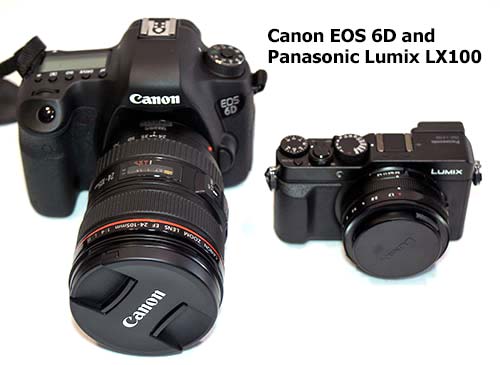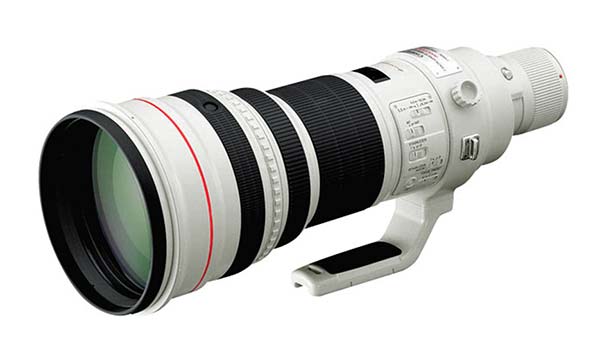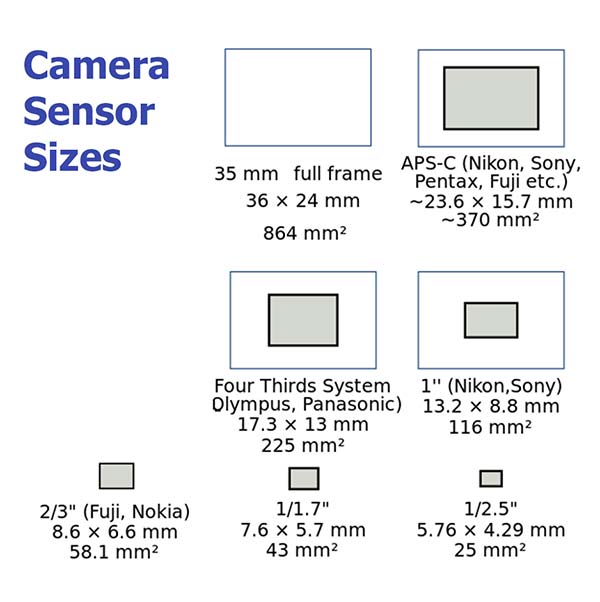
|
|
|||||||
|
Home > Camera Reviews > Mirrorless vs. dSLR Cameras
dSLR vs. Mirrorless Cameras: Which Should You Buy?
Posted July 26, 2015 by Lisa Gade, Editor in Chief (twitter: @lisagade)
|
|||||
|
You've heard the buzz: dSLRs are a dying breed and mirrorless ILCs (interchangeable lens cameras) will replace them. Is it true? Probably. Just as the SLR largely supplanted rangefinder cameras in the 1960's, mirrorless will likely (eventually!) replace the dSLR. Why? Mirrorless cameras are less complex and thus less expensive to make. They're also hugely smaller and lighter, if you'll forgive the pun. In these ways, they actually resemble the rangefinder, but with more consumer-friendly auto-focus and WYSIWYG shooting. Anyone who's taken his or her shiny new Canon EOS 5D mk. 3 with a hefty Canon L lens on vacation knows just how quickly fun time turns into something more akin to field endurance training. Pros who use their camera for work aren't exempt; I can't tell you how little I enjoyed wearing 3.5 lbs. of camera + lens around my neck while hauling a few more lenses and a laptop in my backpack at a trade show or event. What is an SLR? What is a Mirrorless Camera? What are they Good For? A dSLR is a digital Single Lens Reflex camera. Film SLRs work the same way, minus the "digital" part. In fact, the very first dSLRs were actually digital backs slapped on existing film SLR bodies (the sensor simply replaced the film). They have a pentaprism that houses a mirror and required ancillary hardware like a Fresnel lens and focusing glass. The pentaprism lives under the little hump at the top center of your camera. Some mirrorless ILCs mimic this hump if they have a retro design, but it's actually not needed (though it's a handy place to hide a retracted flash, as with the Fujifilm X-T10). Light and your image enter through the lens and hit the angled mirror, bounce around the pentaprism and are redirected to the optical viewfinder. It's a clever but complex way of allowing you to basically see what the lens sees. Before the SLR, cameras had a glass window on the side or near the top of the camera body. It was simply a peephole and it wasn't placed where your lens was, nor were you looking through the lens, so you weren't really seeing the exact image or composition. You can see why SLRs were a revolutionary improvement--you could see exactly what you were shooting and focus precisely (everything was manual focus back then). The downside of the SLR design is that it's complex, more expensive to make, a bit delicate (everything has to stay in proper alignment for this all to work well) and it takes up space. Lenses have to be a bit longer to allow room for that moving mirror. Mirror slap can be an issue too, and that's why some cameras have a mirror lock up feature. Long exposures can be blurred by the mirror slap since it causes vibration or shock. Why does the mirror move? When you press the shutter button, the mirror has to move up and out of the way so that light (your image) can reach the sensor. The shutter also opens, then closes once the shot is taken.
The Canon EOS 6D is a full frame dSLR. The Lumix LX100 is a fixed lens Micro Four Thirds Mirrorless camera. Mirrorless ILCs don't need any of this. They have a digital live feed direct from the sensor to the back LCD on your camera and to the EVF (electronic viewfinder). Think of it like your PC mirroring the desktop to an external monitor. You see exactly what the sensor sees with 100% coverage. Even better, you can get digital info about your photo--zebras to show you overexposed areas and focus peaking to show you exactly what's in focus. Focus peaking is particularly handy when using shallow depth of field as in macro or large aperture photography, or when manually focusing a photo. That all sounds simply wonderful, so what's the catch? Mirrorless cameras are less than a decade old and only really became a thing in the ILC world in the past 5 years. Thus lens selection isn't as plush as SLR/dSLR. It takes time to design lenses. SLRs have 50 years to work with, so you'll find lenses for any situation. In fact, you'll find several at different price points and specification levels for dSLRs. Among mirrorless, Olympus and Fujifilm have the broadest lens selection, and there's enough to suit a pro, unless you need a super tele lens for football or lions and tigers. Sony has the leanest lens selection, though they're adding more lenses at a decent pace.
Above: Canon's 600mm super telephoto pro lens for Canon dSLRs. Mirrorless cameras are improving quickly, but they're still not as well suited for fast action photography as the better dSLRs. Of course there are always exceptions, and the Sony a6000 is a very fast shooting and focusing mirrorless camera. Some dSLRs are focusing dogs. ... but overall, dSLRs are better for fast action photography like football, basketball and birds in flight. Why? We go into that in our video below. Though we're talking about dSLRs vs. Mirrorless, and in that context we're implying ILCs (since you can interchange lenses just as you would with a dSLR), it's important to note that today's smartphones, point and shoots and camcorders are mirrorless too. Mirrorless is thus a much broader term since it covers so many kinds of imaging devices, but for the purpose of this article and video, we'll stick to ILCs for the mirrorless camp. Which Takes Better Photos? They're both equally capable platforms, and image quality isn't better or worse with one or the other. What does affect image quality? You and the lens quality, first and foremost. After that, it's sensor quality and technology, good camera metering and solid autofocus. Sony makes the sensors in several of today's top cameras like the Nikon D810 dSLR and of course in their own RX1, RX100, a7 and a6000 as well as smartphone camera sensors. You can get superb photos with either platform, and there are pros using mirrorless cameras these days--particularly the Sony a7 family of full frame 35mm cameras and the Fujifilm X-T1 (and likely soon the newer X-T10). What About Senor Size? Sensor size is a whole 'nother can of worms. Sensor size is important relative to image quality because larger sensors gather more light and they allow for shallower depth of field for better subject isolation and bokeh. APS-C sensors dominate consumer offerings, and that's a pretty large sensor that gathers plenty of light, and it can do a fine job with bokeh. Full frame cameras have a 35mm sensor size, which matches film SLR frame size. For some folks, saving up for a full frame is the Holy Grail, and it used to be a given if you're a pro. However, that's changing because APS-C has improved so very much that the gain with full frame is relatively small. These days pros do use APS-C cameras since quality is so good and the cameras and lenses tend to be smaller, lighter and less expensive. That said, there are fashion and portraiture pros who use an even larger medium format camera!
Both platforms offer a variety of sensor sizes. dSLR cameras are available with APS-C (DX in Nikon lingo) and 35mm full frame sensors (FX in Nikon lingo). Mirrorless cameras with interchangeable lenses are available in Micro Four Thirds (mostly Olympus and Panasonic), APS-C (everyone makes these) and full frame 35mm (so far only Sony makes these). If you must have full frame, dSLRs will give you a much wider selection to choose from. If you want Micro Four Thirds (the smallest ILCs), then it's mirrorless. Right now, only Sony offers full frame interchangeable lens cameras in their a7 series that includes the a7, a7 II, a7r, a7r II and a7s. What's Better for Shooting Video For most folks, mirrorless cameras are the better choice. They have exceptionally good continuous autofocus for video, and that makes life much easier. With most dSLRs the autofocus hunts and isn't very good, and with some older models you'll have to pull focus yourself (use manual focus or tweak the camera's attempts at focusing). You also get a direct feed to monitor what you're recording (some dSLRs have Live View that can show you what you're shooting on the rear LCD). |
Advertisement |
||||
|
dSLR vs. Mirrorless Cameras: Which Should You Buy? There's still more to learn, so watch our video! And if you want to know more about the gear I use for still and video, ask in the Disqus comments below. As you might guess, I've been shooting since the film days, and my first SLR was the Canon AE-1.
Camera Reviews and Articles: |
Advertisement |



